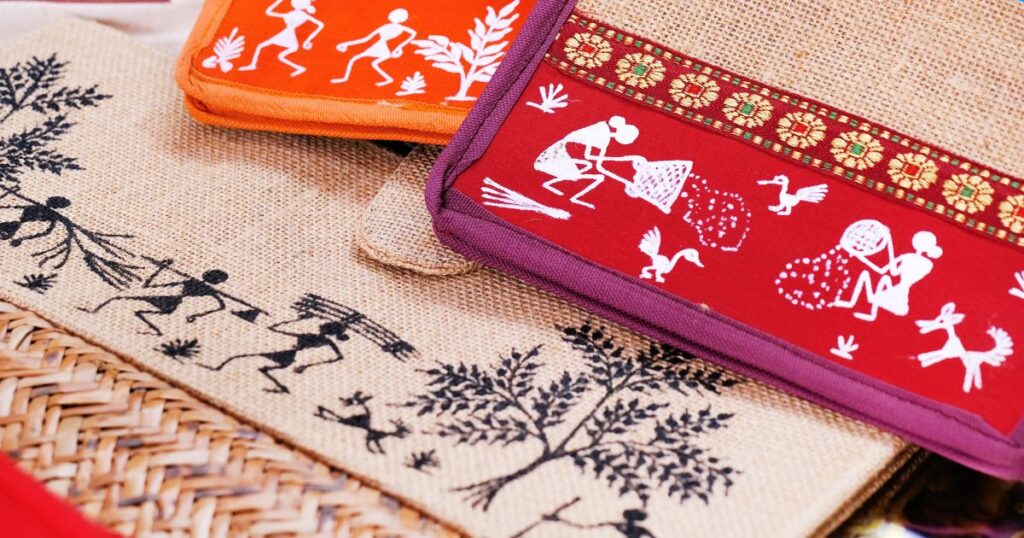
Art in India: Information about A Timeless Tradition Indian arts
India, a land of rich cultural heritage and diverse traditions, boasts a vibrant history of art that spans millennia. The arts in India(India art) reflect its vast cultural diversity, religious plurality, and historical depth. From ancient cave paintings to contemporary art, India’s artistic expression is a tapestry of colors, forms, and stories. art on india
Ancient and Classical Art
- Cave Paintings and Sculptures
- The earliest forms of Indian art are found in prehistoric cave paintings, such as those in Bhimbetka, which date back to around 30,000 years ago. These paintings depict scenes of hunting, dancing, and daily life.
- The Ajanta and Ellora caves in Maharashtra, with their intricate rock-cut architecture and exquisite murals, showcase the pinnacle of ancient Indian art and religious devotion.
- Classical Sculptures and Temples
- The classical period of Indian art is marked by the creation of grand sculptures and temple architecture. The temples of Khajuraho, Konark, and Mahabalipuram are renowned for their intricate carvings and artistic brilliance.
- Sculptures from this era, such as the majestic Nataraja (the cosmic dance of Lord Shiva) and the serene Buddha statues of Sarnath, exemplify the spiritual and aesthetic sensibilities of the time.

Medieval Art
- Mughal Art
- The Mughal period (16th to 18th centuries) brought a fusion of Persian, Islamic, and Indian styles, resulting in exquisite miniature paintings, architecture, and decorative arts. The Mughal miniatures, with their detailed and colorful depictions of court life, nature, and mythology, are celebrated worldwide.
- The architecture of this period, including the Taj Mahal, Red Fort, and Fatehpur Sikri, reflects the grandeur and refinement of Mughal artistic sensibilities.
- Rajput and Deccan Paintings
- Parallel to Mughal art, the Rajput kingdoms of Rajasthan and the Deccan Sultanates developed their own distinctive styles of painting. Rajput paintings are known for their bold colors, intricate patterns, and themes from Hindu mythology and epics.

Modern and Contemporary Art
- Colonial and Post-Colonial Art
- The colonial period introduced Western styles and techniques, leading to a new wave of artistic expression. Raja Ravi Varma, with his fusion of Indian subjects and European techniques, is a notable figure from this era.
- Post-independence, Indian art saw a resurgence of traditional forms and the emergence of modernist movements. Artists like M.F. Husain, F.N. Souza, and S.H. Raza explored new themes and styles, contributing to the global art scene.
- Contemporary Art
- Today’s Indian art scene is dynamic and diverse, with artists experimenting across various media and themes. Contemporary artists like Anish Kapoor, Subodh Gupta, and Bharti Kher have gained international acclaim for their innovative works that often address social, political, and cultural issues.
Folk and Tribal Art
India’s rich tradition of folk and tribal art continues to thrive, showcasing the creativity and cultural heritage of its many communities. Art forms like Madhubani, Warli, Pattachitra, and Gond art are celebrated for their unique styles and storytelling. These art forms often depict nature, mythology, and daily life, reflecting the close connection between the artists and their environment.

Conclusion
India’s arts are a testament to the country’s profound cultural legacy and creative spirit. From ancient cave paintings to contemporary installations, Indian art captures the essence of its history, spirituality, and diversity. As India continues to evolve, its art remains a vibrant and integral part of its cultural identity, inspiring and enchanting audiences worldwide.

Leave your comment